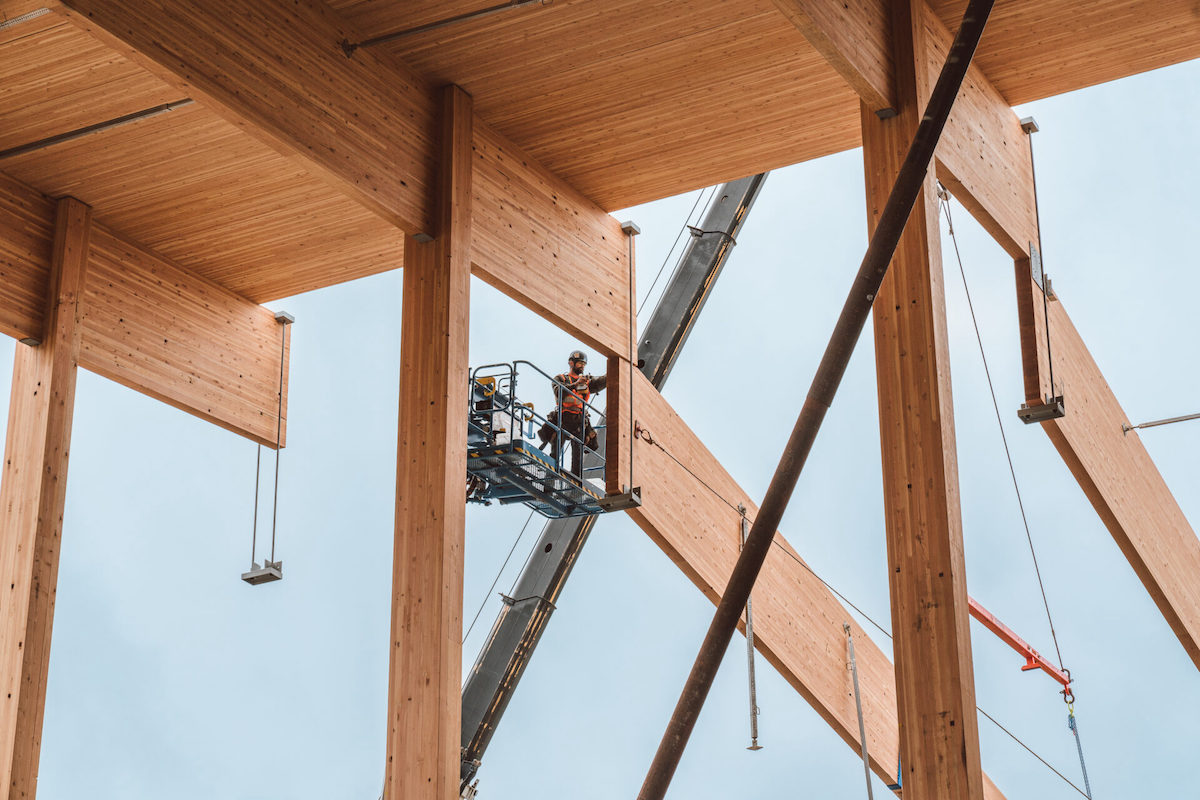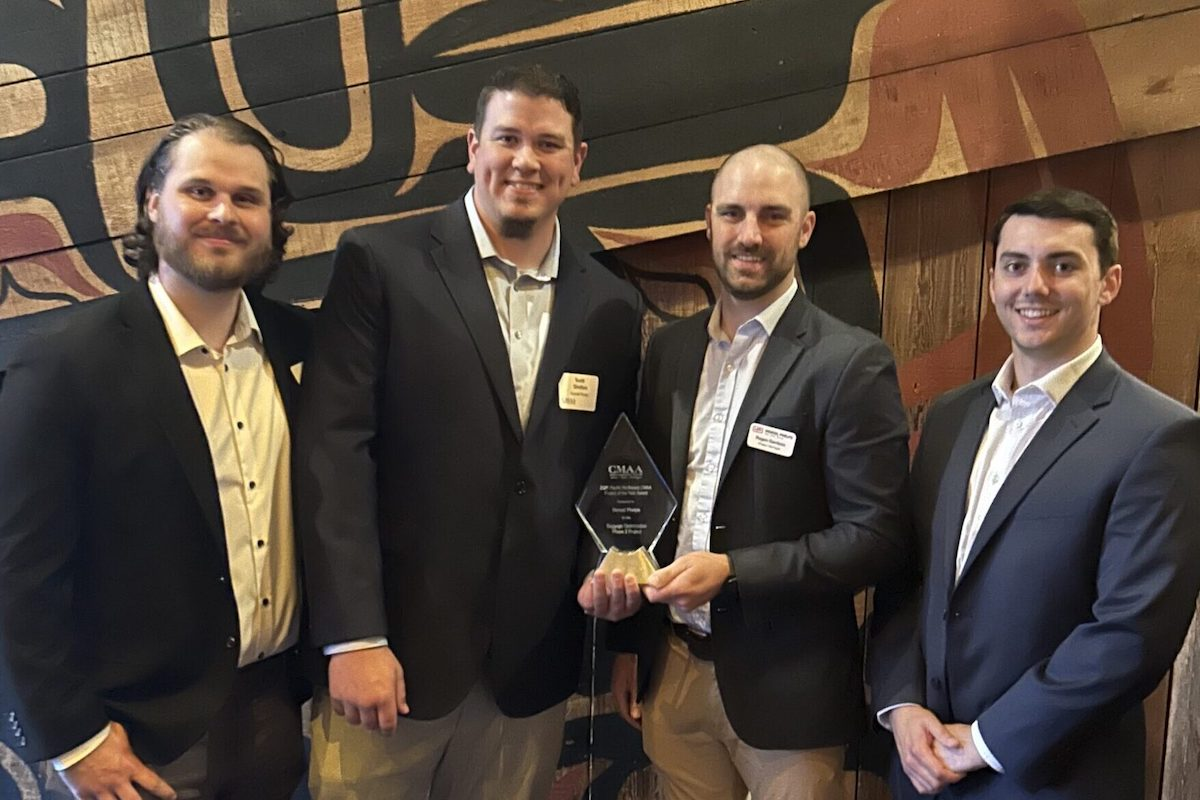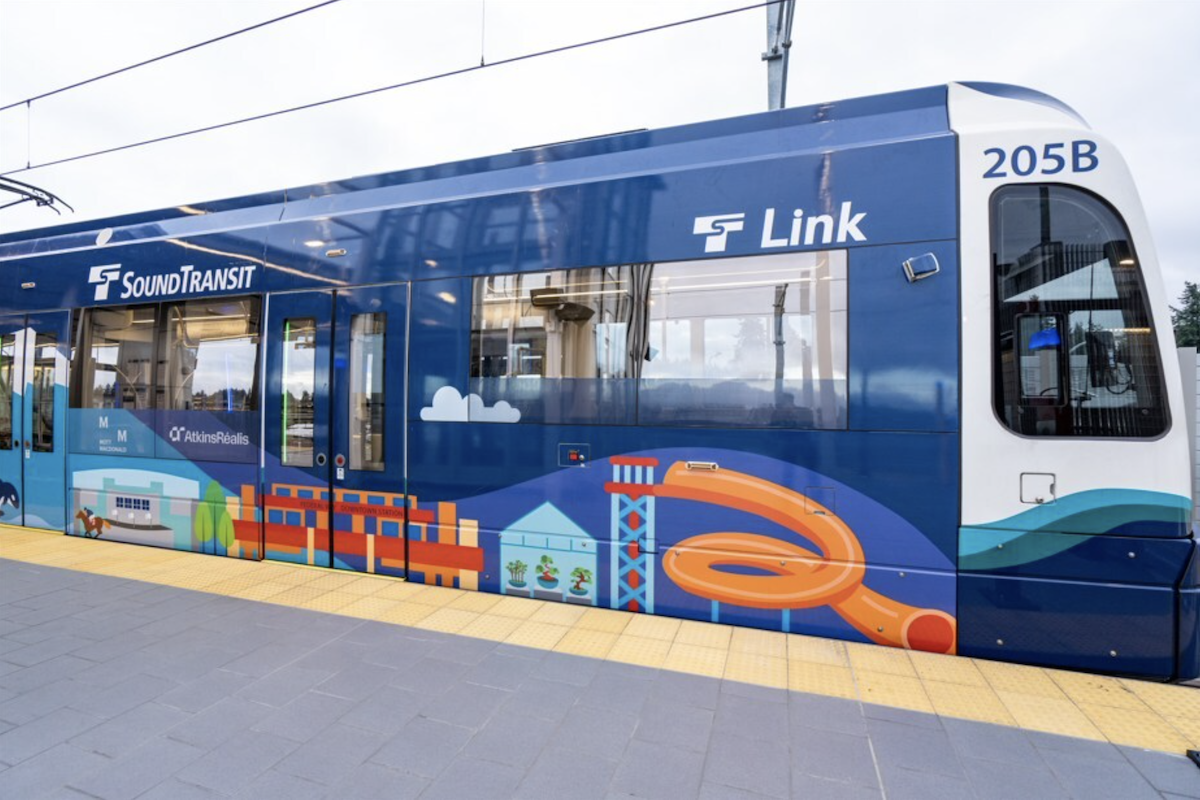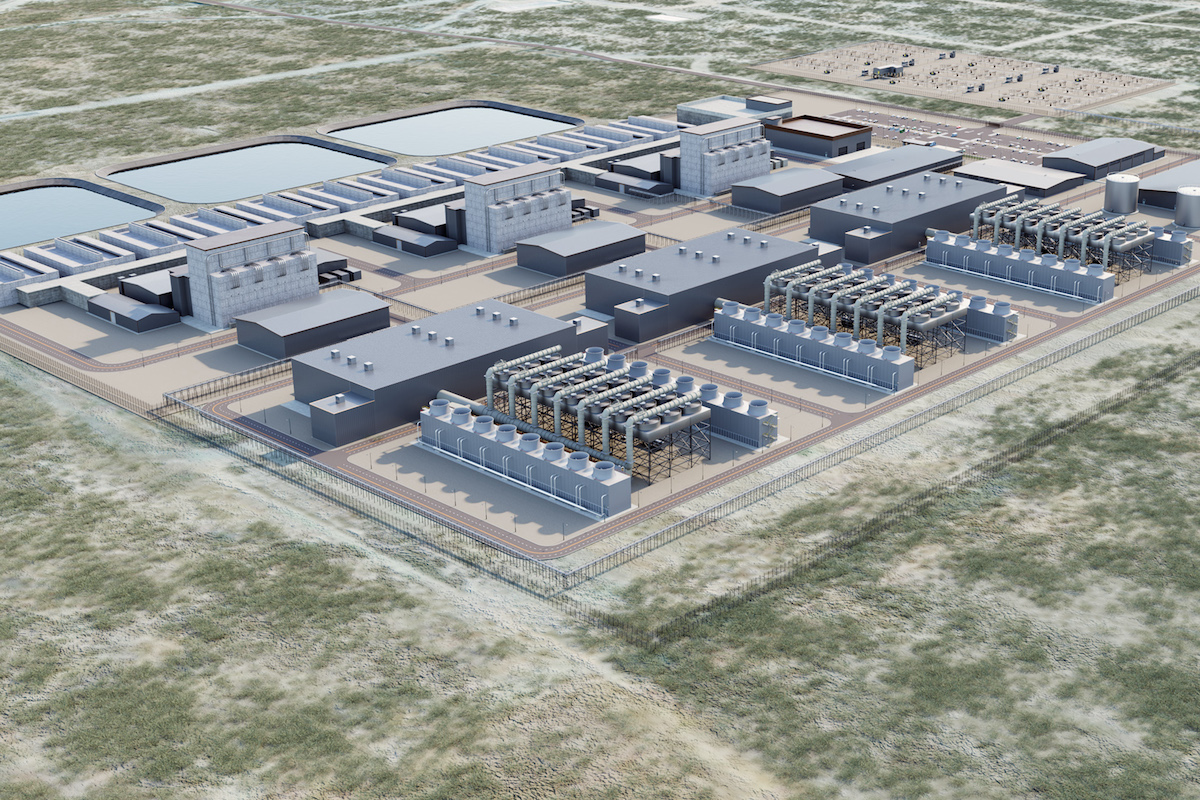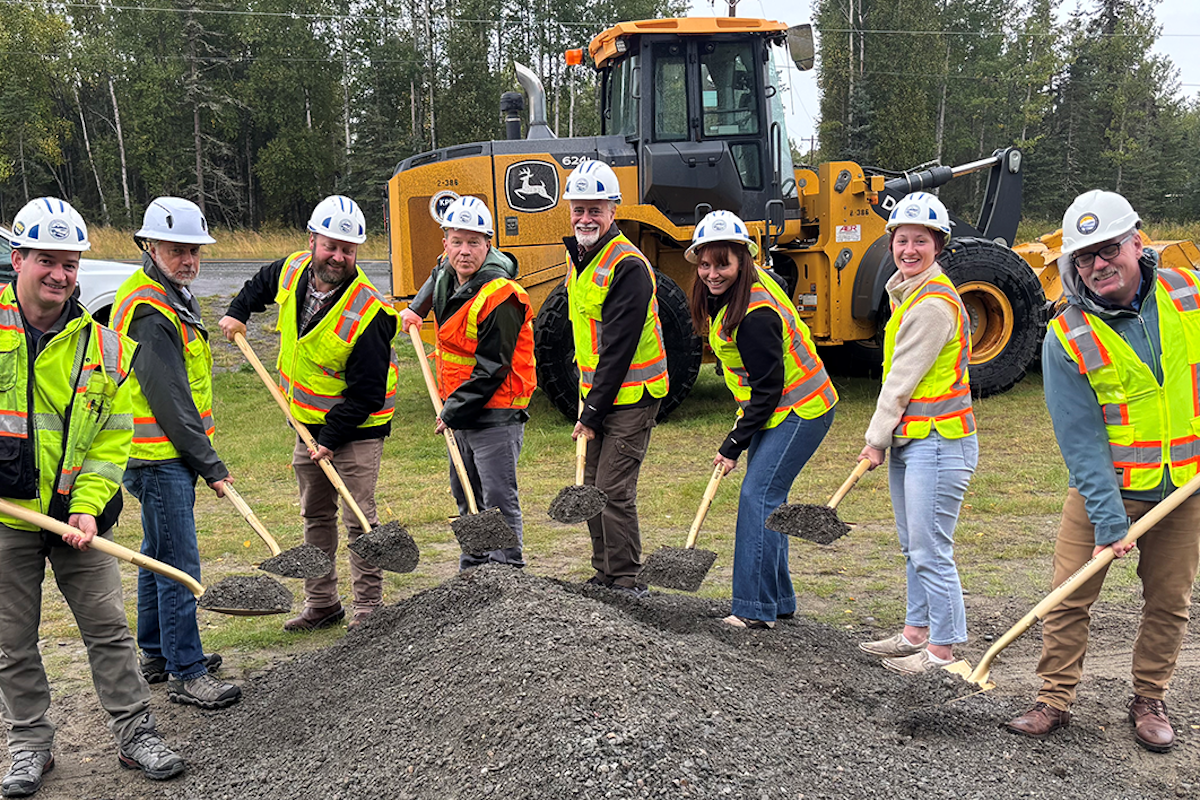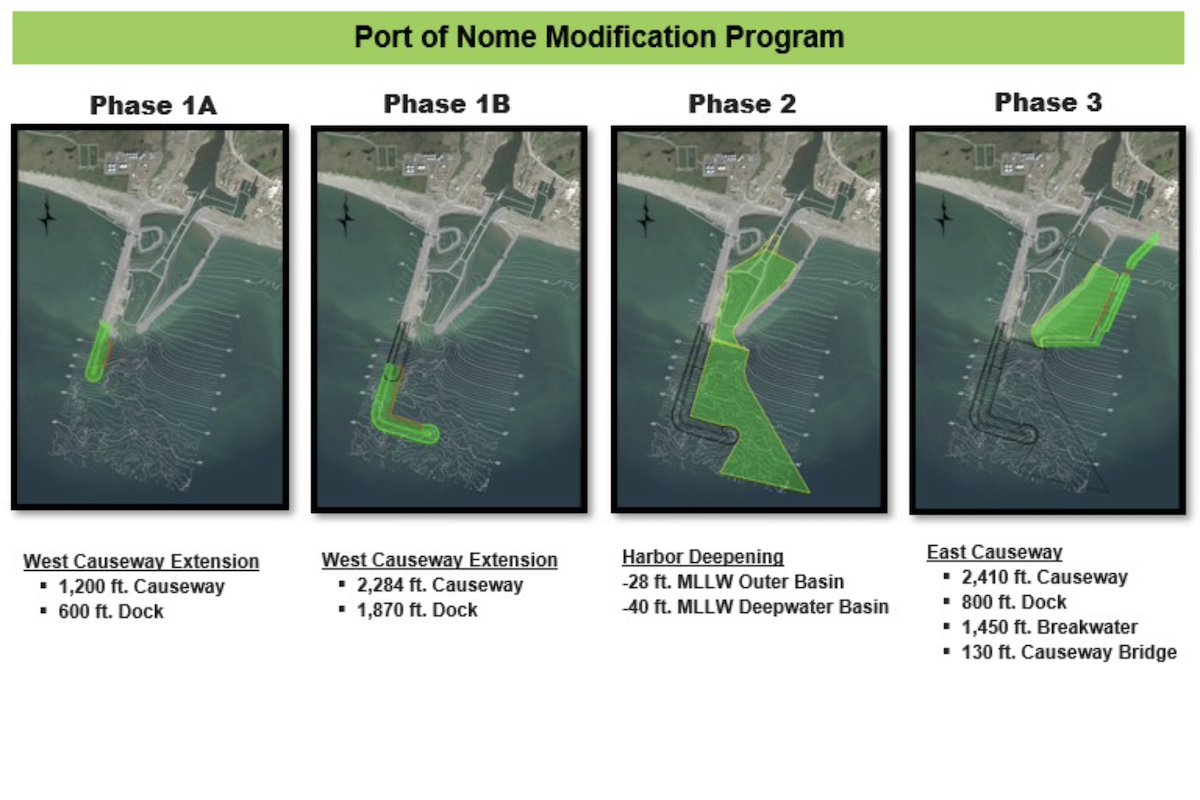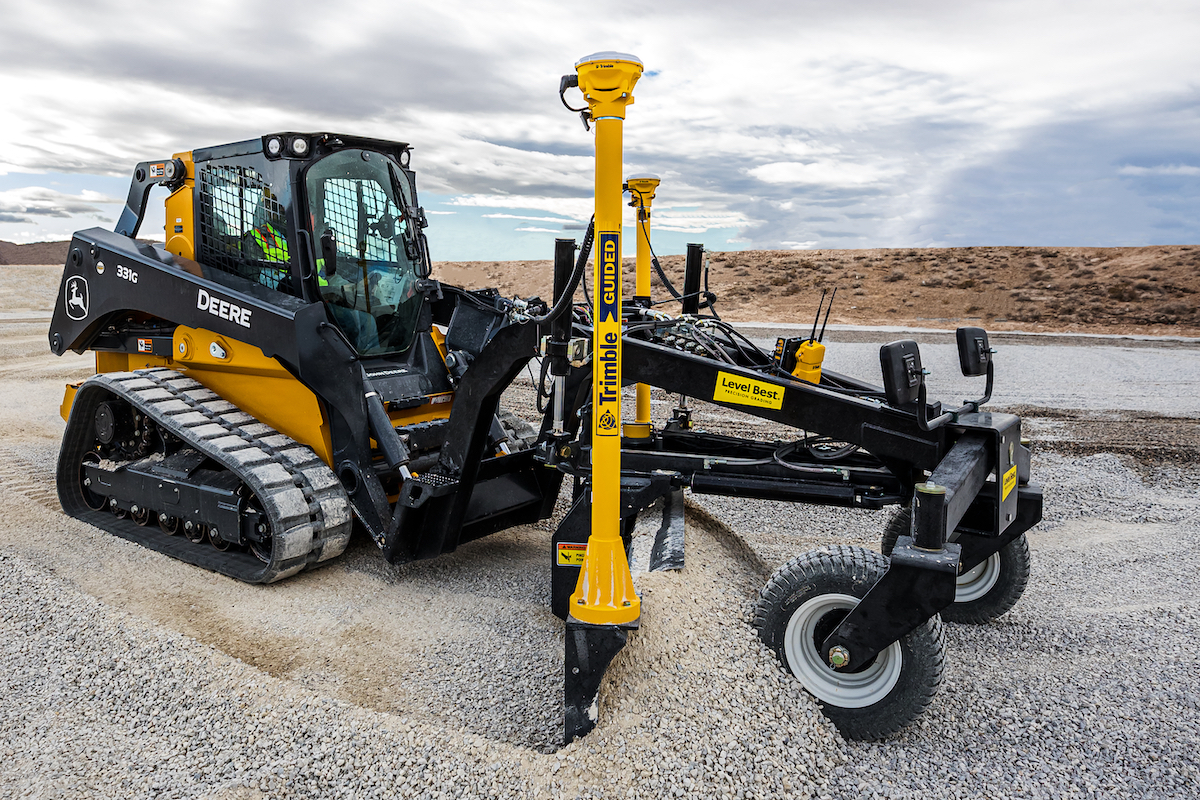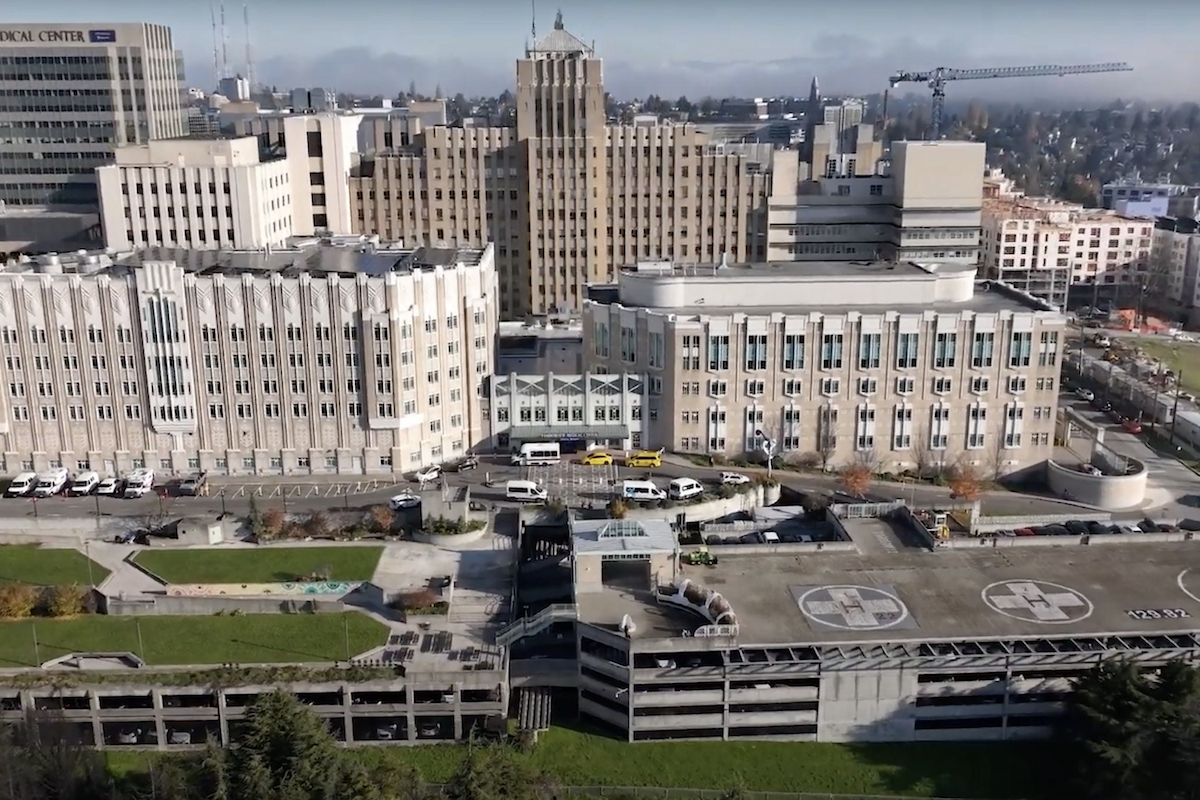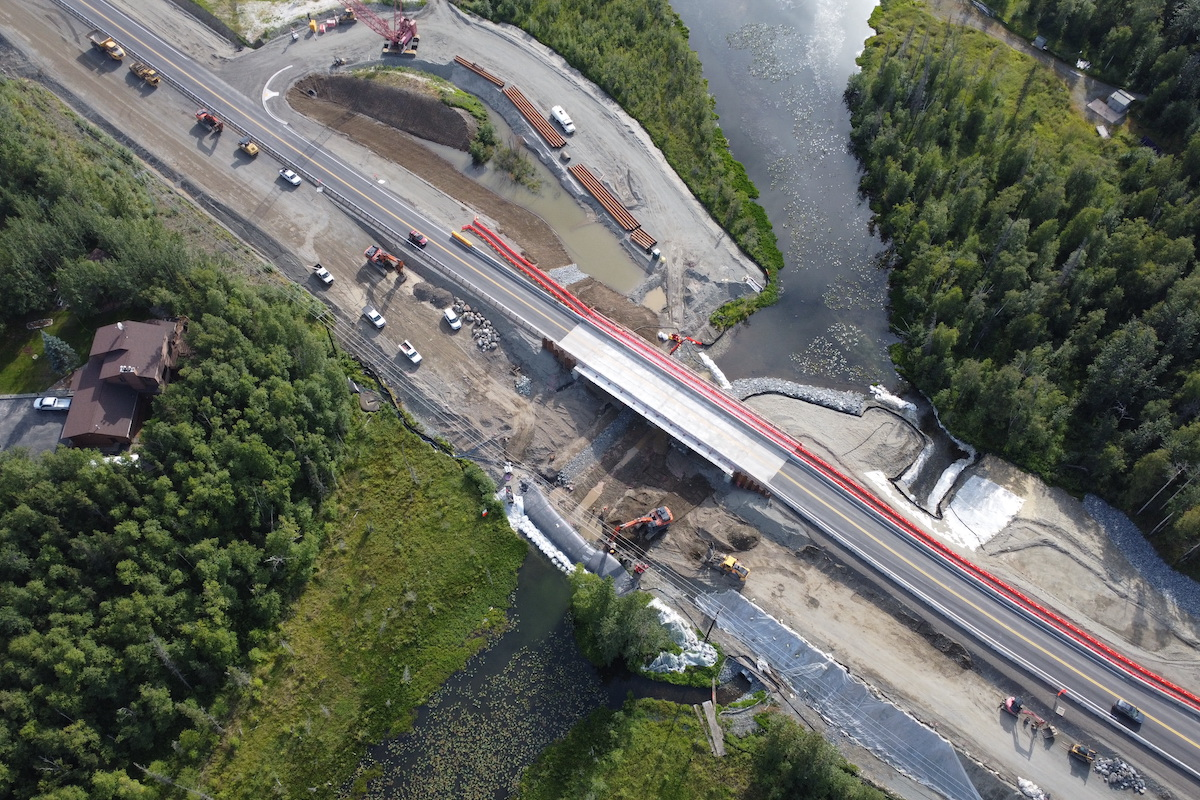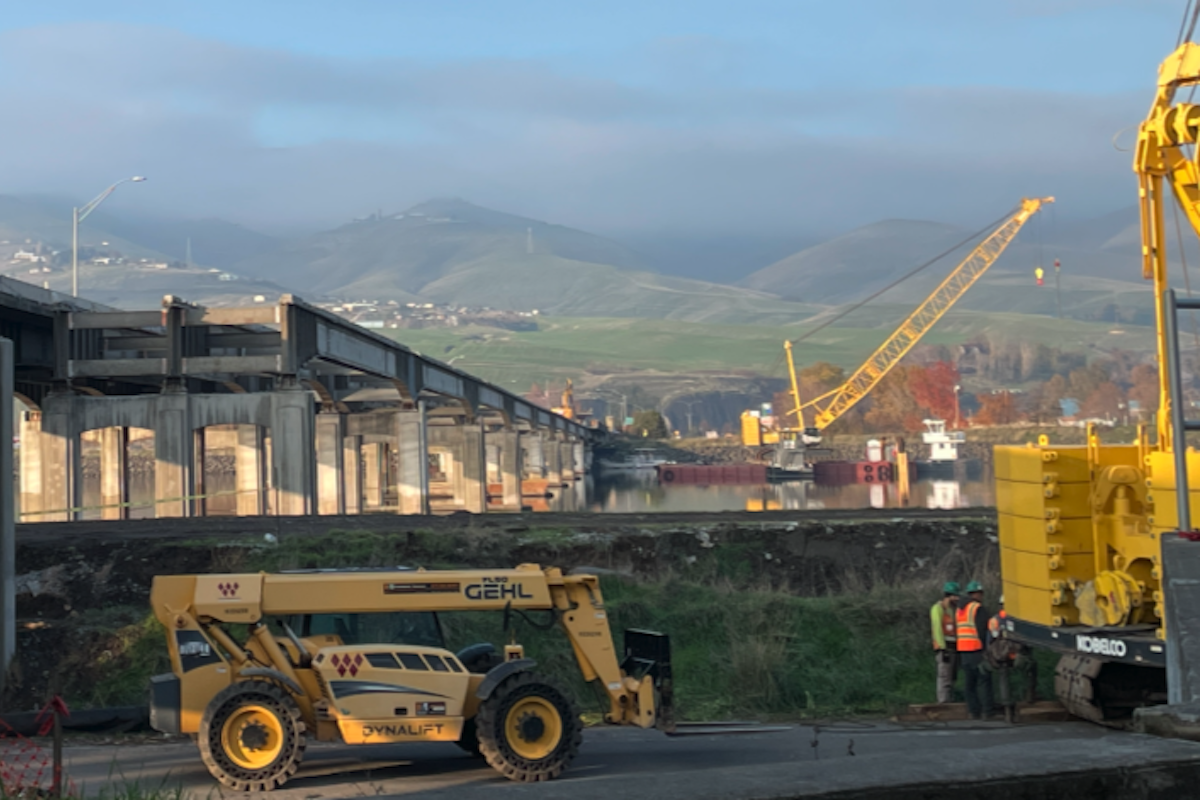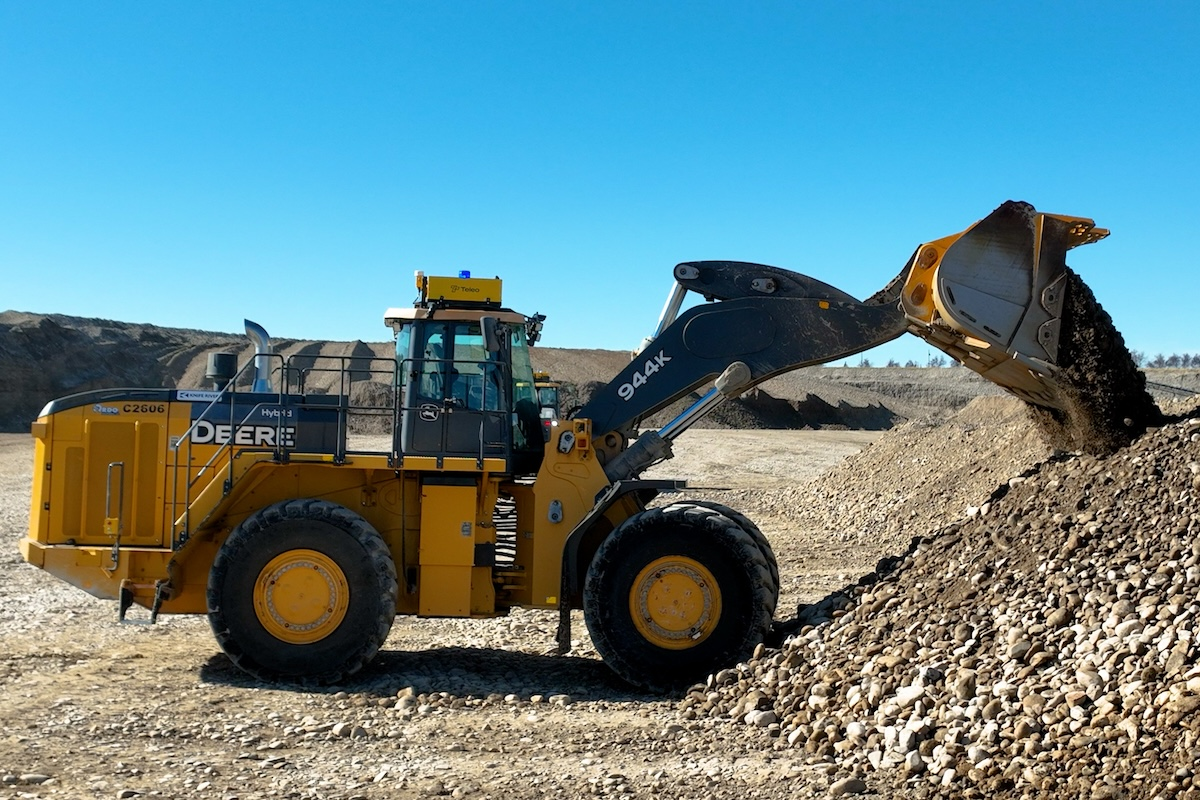“The goals of this project along with the entire corridor, from Findlay up to Michigan, are to improve capacity and safety,” says Brian French, Area Engineer with ODOT.
Approximately 100,000 vehicles drive in each direction on this stretch of I-75 daily, with 20 percent of the traffic trucks. The area around it includes industrial, commercial and residential buildings. FedEx has a distribution center adjacent to the project and a grain company maintains a dock next to the jobsite.
Since 2014, ODOT has rebuilt nearly the entire 50-mile-long corridor. Everything is complete except these two approximately 3-mile-long sections.
Kokosing Construction Co. of Westerville, Ohio, received the $180 million contract for the southern half of the project, which included the bridge. The company began working on the project in 2019, with conclusion expected in fall 2023.

| Your local Metso Minerals Industries Inc dealer |
|---|
| PacWest Machinery |
| Westate Machinery Co |
“It is a large and challenging project,” says Craig Wing, Project Manager for Kokosing, which value engineered the project and came up with several ways to save time and money while building a quality job.
The value engineering recommendations accepted by ODOT included a redesign of the interchange at Miami Street to eliminate an on ramp and bridge through a rouge area, which would have required costly soil stabilization. The team reconfigured the intersection from a diamond to a half-trumpet design. Additionally, Kokosing recommended relocating a 72-inch water line, originally planned for under a bridge embankment to a location providing future access on CSX railroad property. The company also suggested maintenance of traffic changes to make it safer for the public and to eliminate some phases, shaving about a month off of the schedule.
“The relationship between Kokosing and ODOT has been great and we are proud of that,” French says. Wing agrees and calls the partnering “excellent” with good cooperation.
AECOM of Akron, Ohio, serves as the engineer for the southern portion of the project. Mannik & Smith Group in Toledo provided consultant inspectors.
Kokosing opted to build a causeway under the bridge from which to work, which saved a significant amount of money as compared to a marine operation, working off barges, Wing reports. The company had worked up costs for each method prior to bidding. “I am sure that is what got us the job,” Wing says.
The river depths are about 20 feet in the middle. Crews built the causeway to 2 feet above the ordinary high-water mark. At the deepest, the causeway is 24 feet down.
During the first year and a half, crews built the new southbound bridge while traffic remained on the old structure. Then once it was complete, the team switched northbound and southbound traffic to the new bridge. Then crews demolished the old bridge and began construction of the northbound bridge in that location.
Kokosing used explosives to bring the bridge down onto the causeway for safety reasons. Crews coordinated with local officials, first responders, and law enforcement.
“We tried to keep it quiet, as we did not have the ability to safely accommodate people who wanted to watch,” French says.
Each bridge has 11 piers. Crews drilled 130 shafts per bridge to depths of between 50 and 70 feet. The abutments sit on pilings. They placed prestressed concrete I beams. The end spans range from 137 feet to 145 feet, and the interior spans are 166 feet long.
The team had to maintain access for recreational river traffic and had to follow restrictions from April to July in regard to installation and relocation of the causeway. The shipping channel from Lake Erie ends to the east of the bridge. Docks are near the bridge, where ships can offload and return to the lake.
Crews will remove the rock causeway at the conclusion of the project. Those rocks will be removed and recycled. Some may be used to strengthen some slopes on this project.
ODOT conducted a survey of the bottom of the river prior to construction. The department will survey the river again once the causeway has been removed to ensure no large rocks are left behind.
Kokosing rebuilt out-of-date ramps at bridge’s intersections with South Avenue to the north and Miami Street to the south of the Maumee River to bring them up to current standards and improve safety. There were closures associated with that activity.
Crews also dealt with rouge soil on the sides of the river. Kokosing used an array of slope and electronic devices to measure and monitor the pore pressure in the ground, settlement and slope.
When the team noted some movement of the wire mesh wall, one lane of I-75 was shut down for a few days during an expert investigation. Officials determined the dirt and rock were settling into place, so the team monitored the mesh wall while the MSE wall was completed.
The project is scheduled for completion later this year, ahead of schedule and on budget. “We are proud of this project, because of the impact it will have on traffic and safety, and it looks good,” French concludes.
Photos courtesy of the Ohio Department of Transportation





















